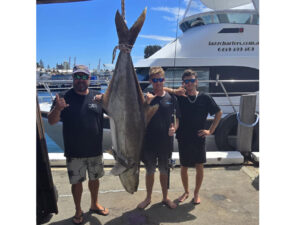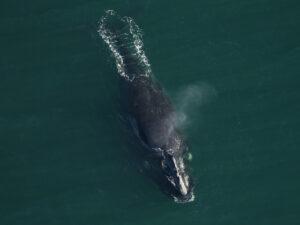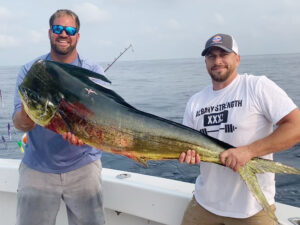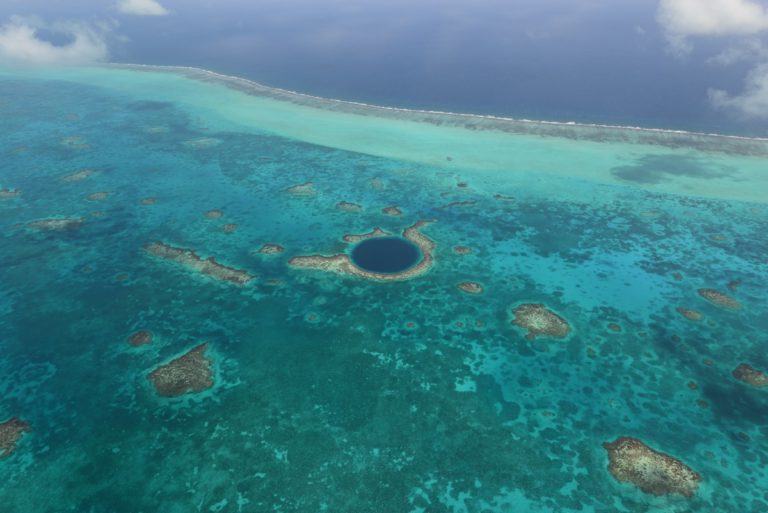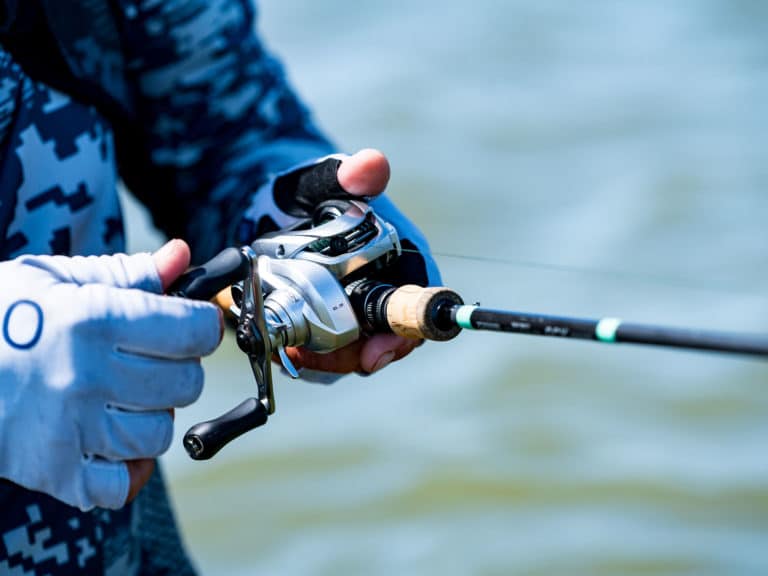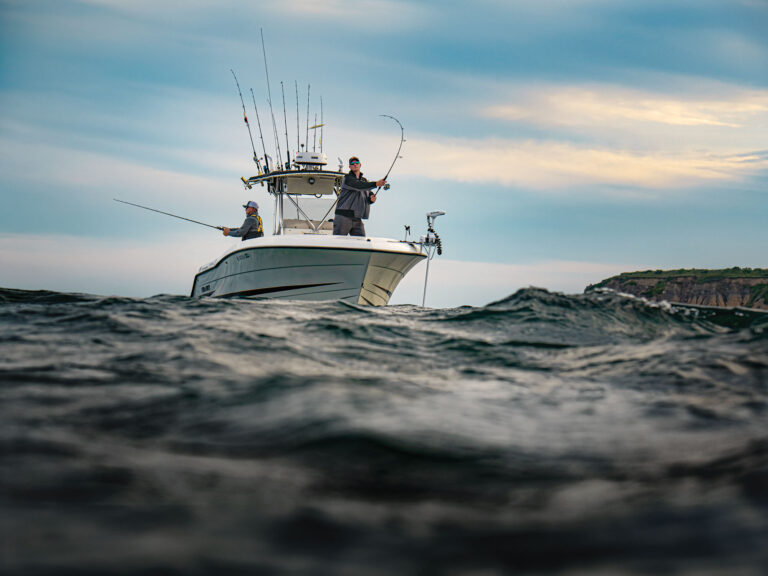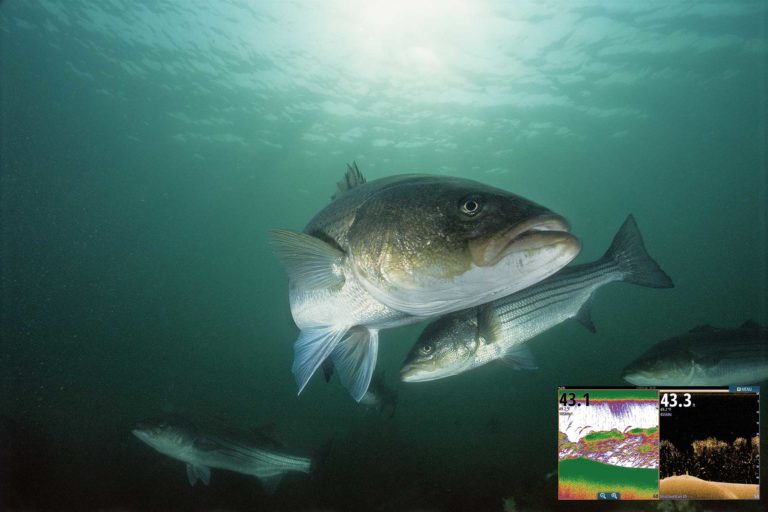O P I N I O N
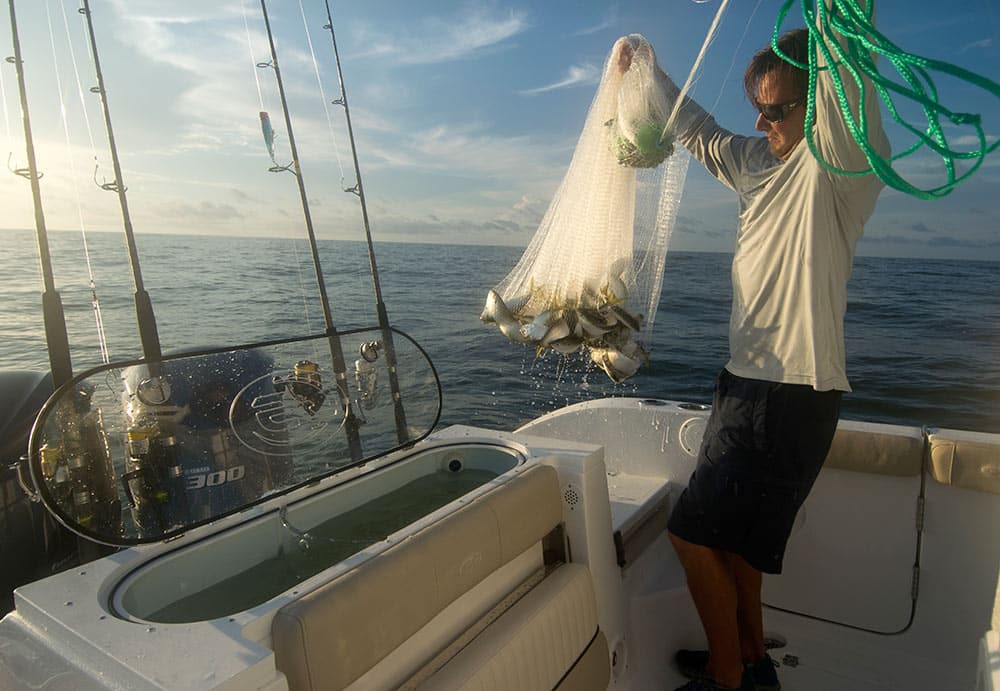
Protecting Atlantic menhaden is like pushing a rock up a hill, over and over: The threats just keep coming. After the Atlantic States Marine Fisheries Commission (ASMFC) passed Amendment 3 to the fishery’s management plan in November, things seemed settled for the next two years. But in late December, Virginia’s ASMFC delegation filed an appeal, throwing these essential forage fish into jeopardy again. Next week, ASMFC’s Interstate Fisheries Management Program Policy Board and its Menhaden Board will consider that appeal. For coastal anglers and other conservationists, plus striped bass, bluefish, weakfish, ospreys, loons, gannets, and other coastal critters, there’s a lot riding on their decision.
Despite public comments to the contrary from more than 85,000 of us last fall, Amendment 3 continues management of menhaden as a single species for the next two years, while ASMFC’s Technical Committee works out ecological reference points to guide future standards (expected by the end of next year). The commissioners did, however, enact several measures to protect the fish during the interim, including a conservative harvest cap for Virginia’s industrial menhaden fishery of 51,000 metric tons. That cap is what Virginia is appealing.
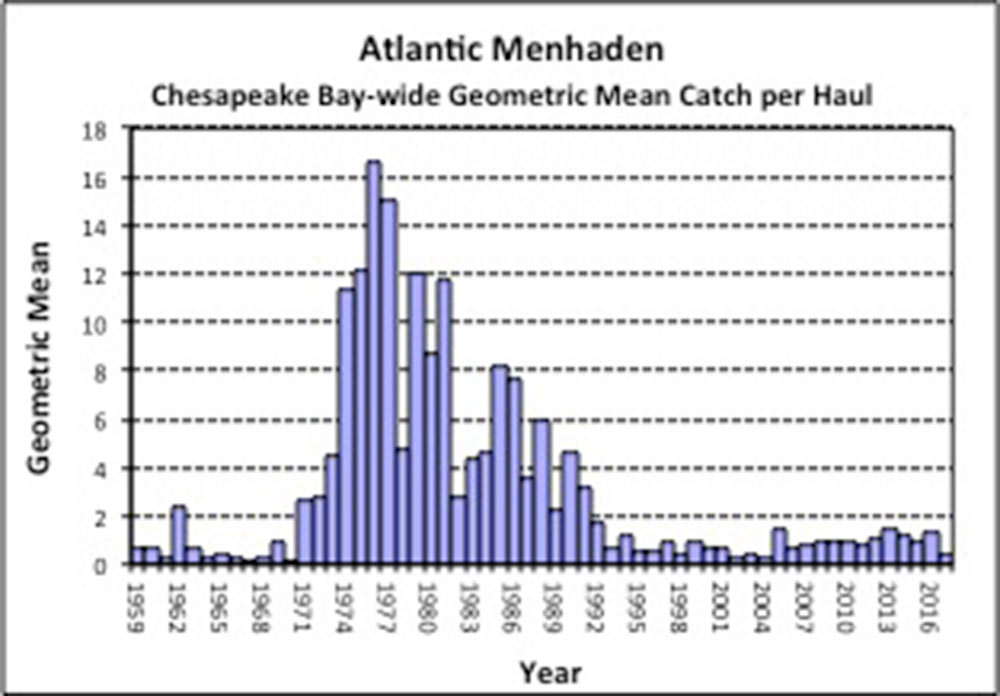
While this number is a reduction from the fishery’s previous cap of 87,216 metric tons, it’s just an update of the cap-setting methodology used earlier. In 2005, ASMFC became concerned with localized depletion of the Chesapeake Bay’s menhaden stock because Omega Protein, the industrial fishing company responsible for 80 percent of the coastwide harvest, is headquartered halfway up the bay in Reedville, Virginia, and its boats make frequent purse-seine sets close to home.
The Commission took a precautionary approach then, adopting a reduction fishery cap based on the prior five-year average landings. Now Virginia claims the Bay Cap was arbitrarily lowered; but what passed in November at 51,000 mt is based on the average bay landings from 2012 to 2016, rounded up slightly. This number maintains the status quo, which has allowed Omega to bring four larger, more efficient vessels into the fishery over the past four seasons.
As Amendment 3 points out, the Chesapeake is a critical nursery area for menhaden. But localized depletion in the bay is real. Recent Maryland DNR baywide surveys show menhaden abundance and recruitment near historic lows (see graphic below). Concentrated fishing for them may cause a local food shortage for important menhaden predators like striped bass. Striper spawning stock biomass is barely above its reference point threshold, weakfish have been depleted for 13 years, and bluefish are falling off. Striped bass are the flagship species for ASMFC and its member states, especially from North Carolina to Maine. Given the stripers’ status, it’s reasonable for managers to ensure them a healthy food supply.
Nearly all stakeholders asked for a Bay Cap reduction, and the board voted overwhelmingly to take that step (14-2). Now it should stay on course, and the burden of proof should fall on Virginia to provide evidence increasing the Bay Cap could be sustainable.
For more information, listen to “Keep the Cap”, a podcast conversation between CBF’s president Will Baker and Maryland fisheries scientist Dr. Allison Colden, who sits on ASMFC’s Menhaden Management Board and made the original motion for the 51,000 mt Bay Cap at the November 2017 meeting.
Here’s How You Can Help:
ASMFC’s commissioners will vote on Virginia’s appeal next Thursday morning, Feb. 8, at their winter meeting. Before then, find out who your state’s commissioners are. Contact them and ask their support for Amendment 3’s Chesapeake Bay catch cap as a conservative, precautionary tool for managing menhaden over the next two years. The stripers in your home waters will thank you.
John Page Williams is the Chesapeake Bay Foundation senior naturalist and has been part of the staff since 1973. He has served in many roles, from fundraiser to field-trip guide on every river system in the Chesapeake. In his current position, he leads a team helping The Conservation Fund and National Geographic to develop the Captain John Smith Chesapeake National Historic Water Trail.
Sport Fishing welcomes opportunities to share a variety of perspectives from prominent or influential participants in issues related to recreational fishing and fisheries.

